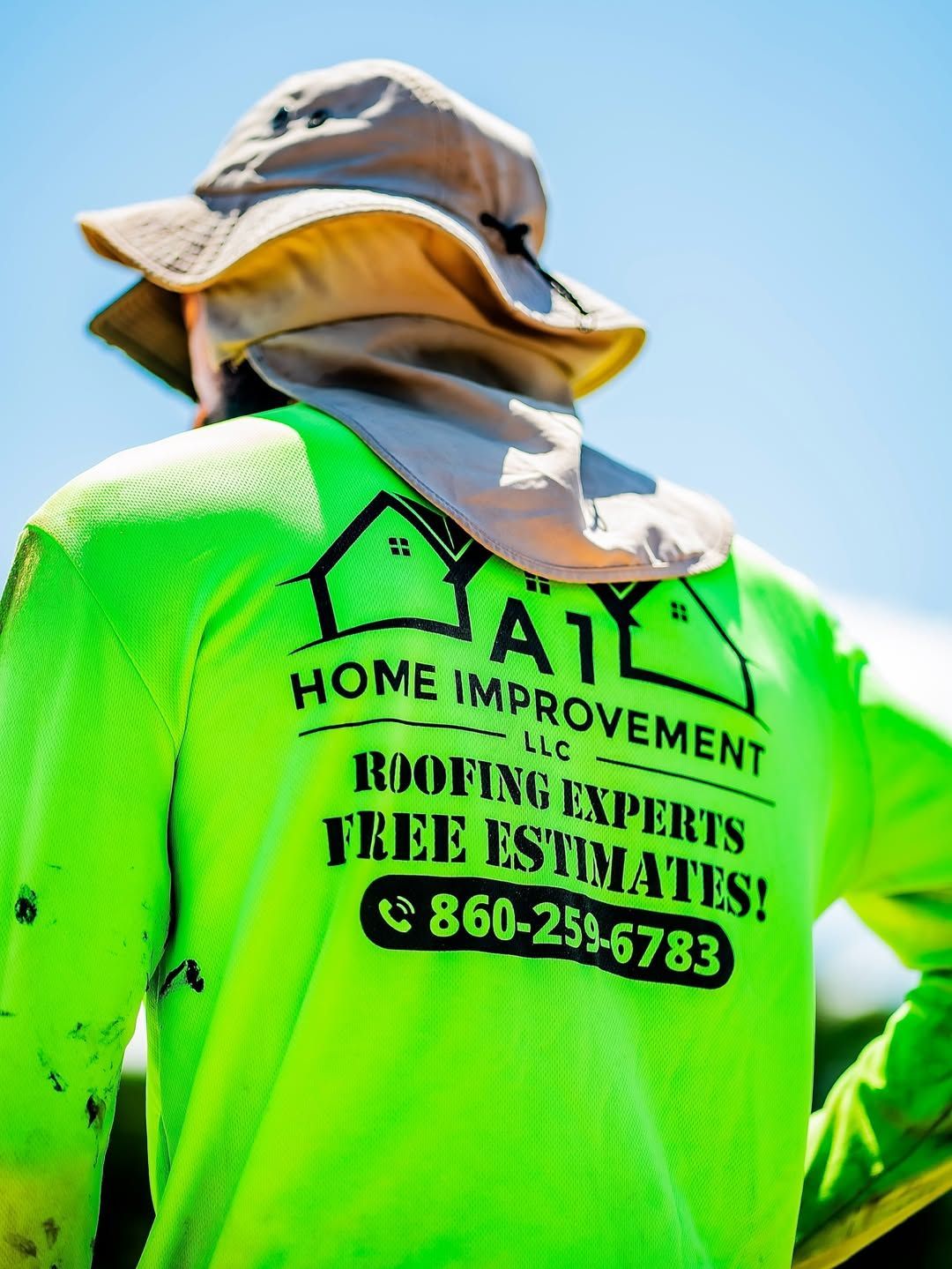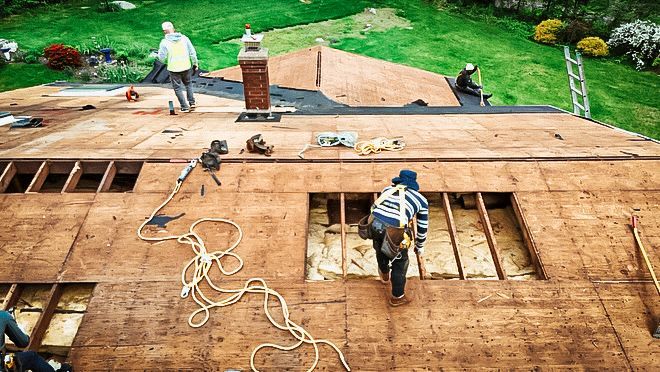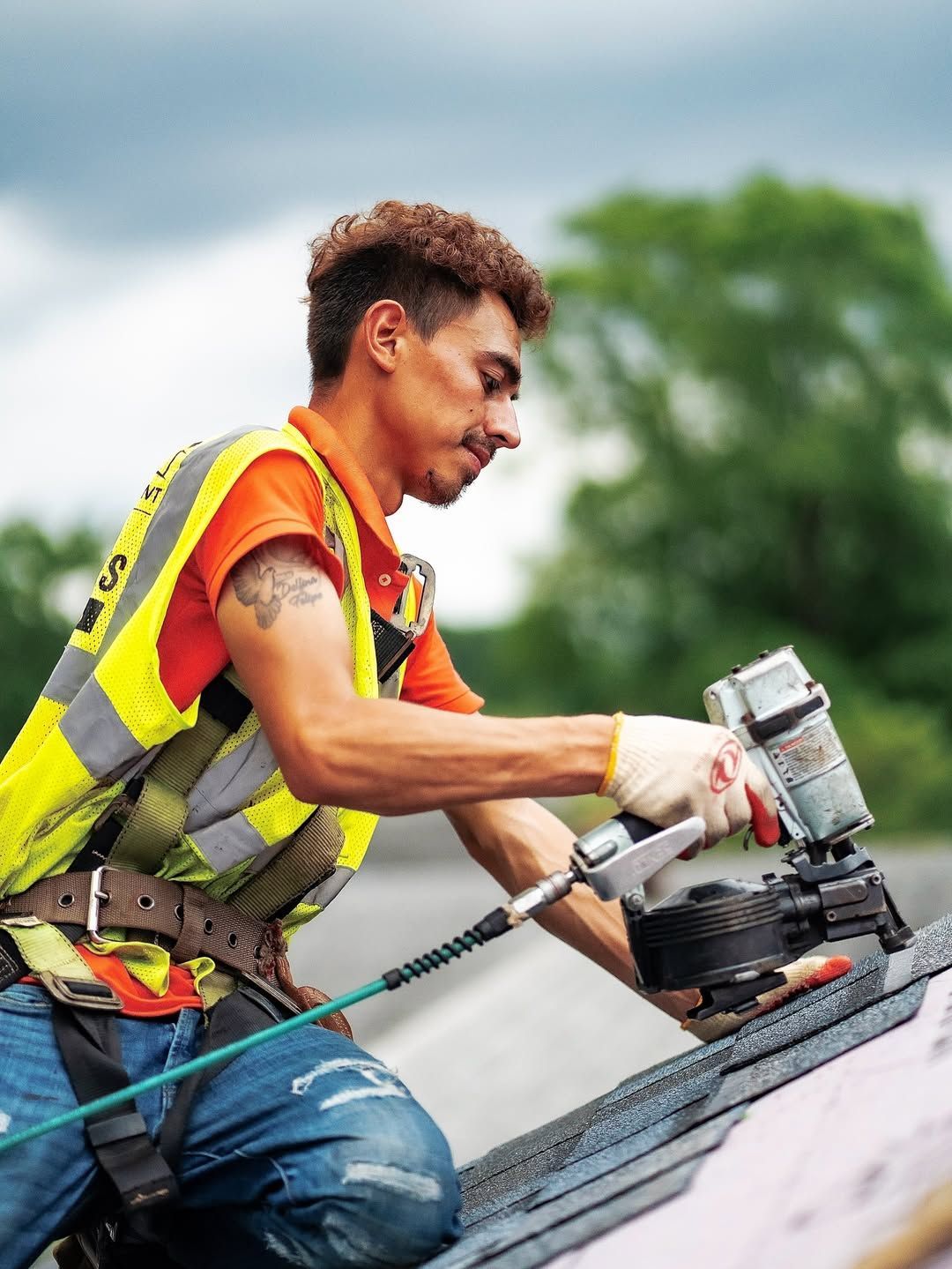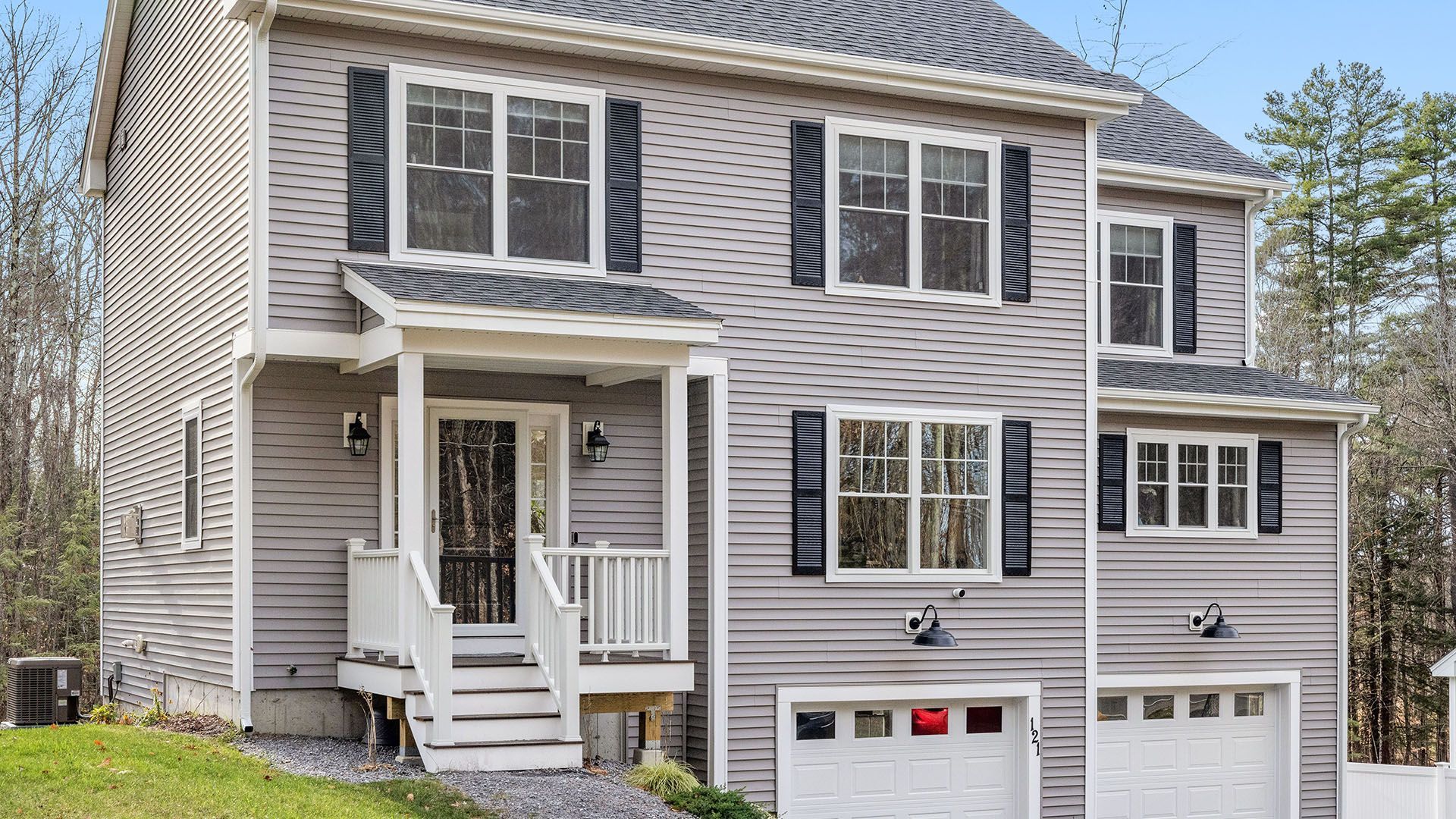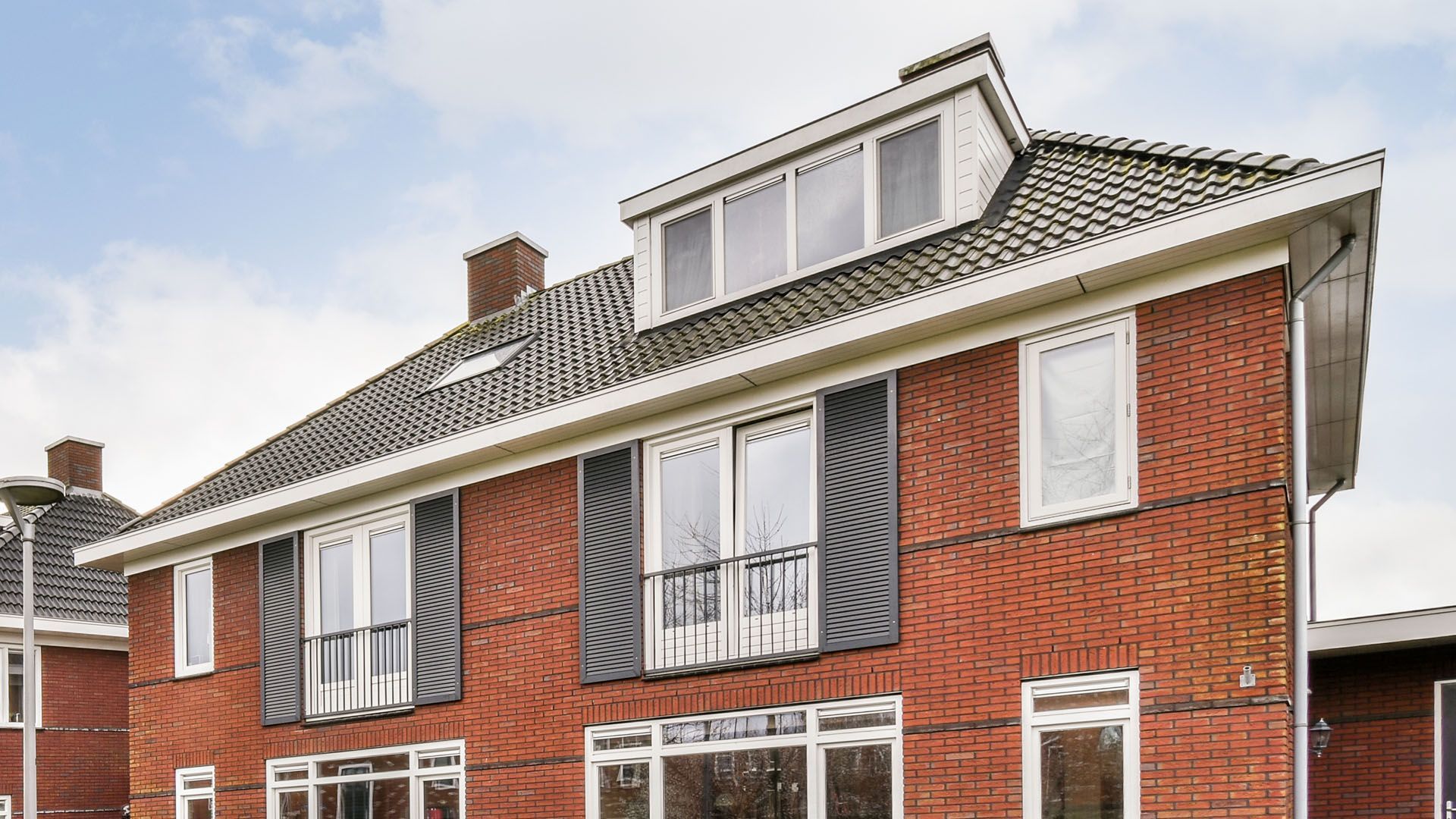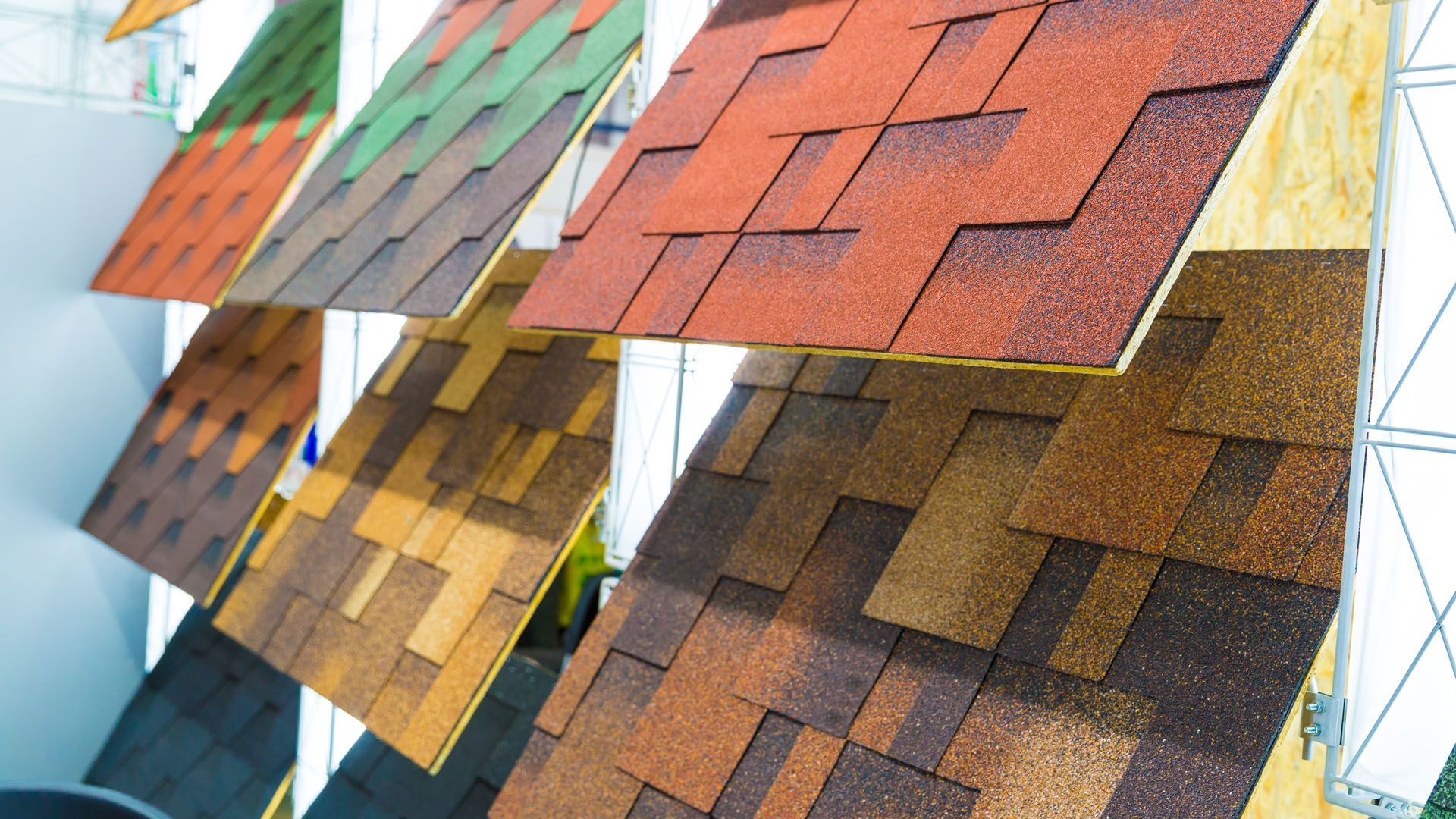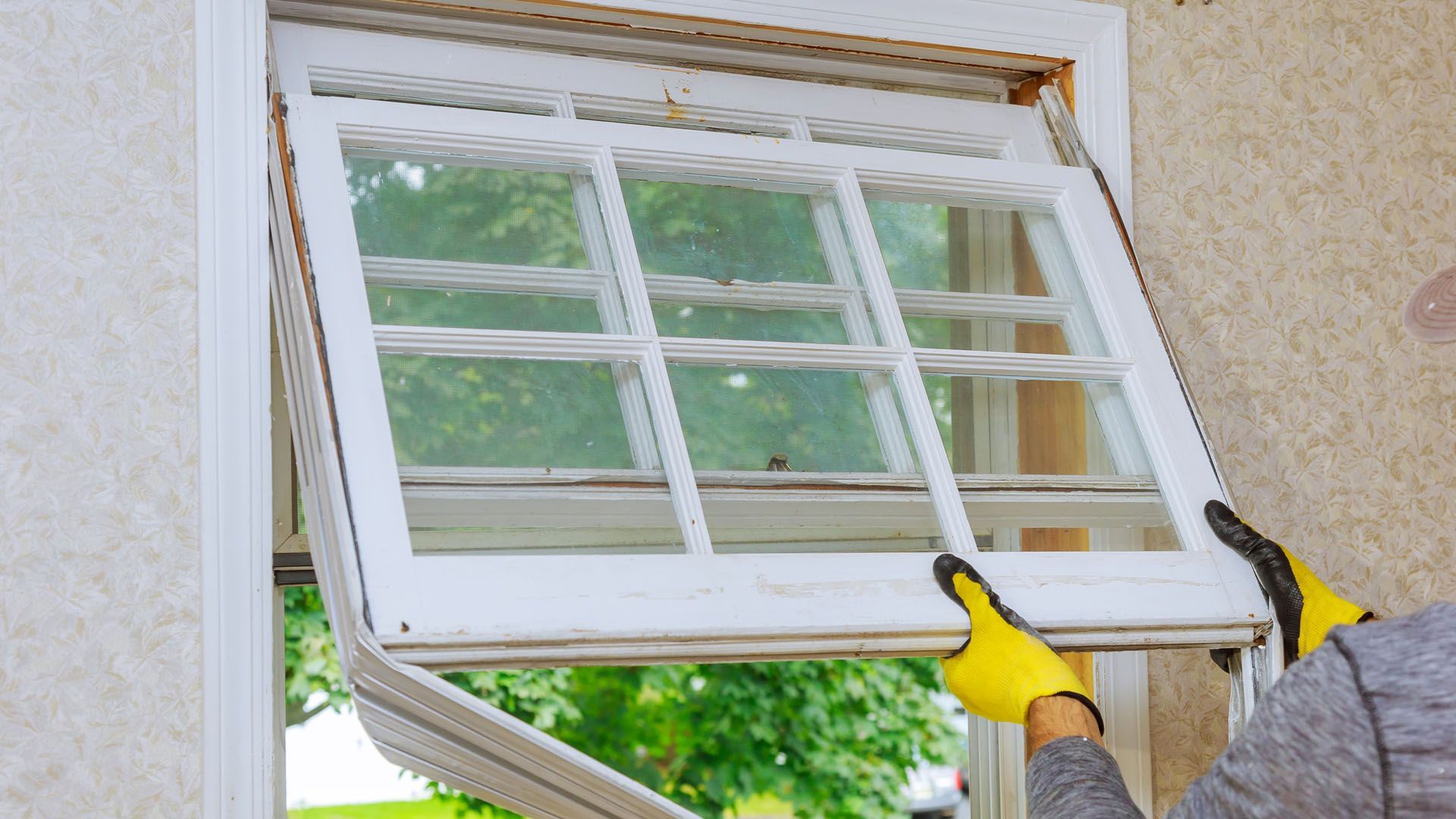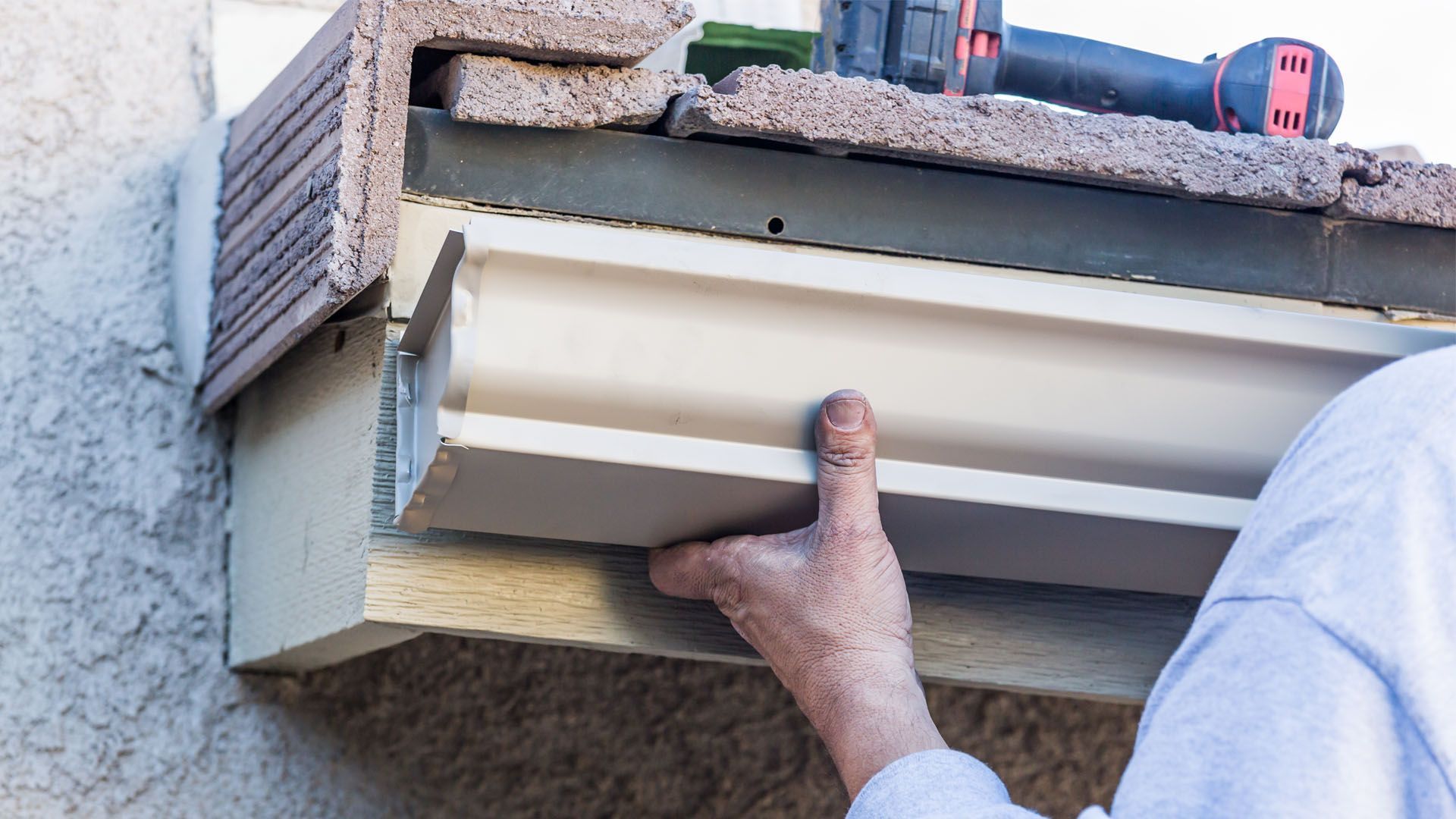What Is Flashing on a Roof and How Does It Work?
Flashing may be small, but it’s your roof’s silent protector.
When Connecticut homeowners ask, “What is flashing on a roof?” they’re really asking: how does my roof keep water out of the most vulnerable spots — valleys, chimneys, skylights, vents, and edges?
The answer: roof flashing. It’s one of the most important defenses your roof has against leaks, yet it often goes unnoticed until a problem arises.
At A1 Home Improvement, we’ve spent more than 30 years installing and repairing roofing systems across Connecticut. As an Owens Corning Platinum Preferred Contractor (top 1% nationwide), BBB-accredited, and trusted by 450+ homeowners, we’ve seen firsthand how proper flashing can be the difference between a watertight home and thousands in unexpected repairs.
This guide explains what flashing is, how it works, the different types, and why professional installation and maintenance are critical for long-term protection.
What Is Roof Flashing?
Definition & Purpose
Roof flashing is a thin piece of metal — typically aluminum, copper, or galvanized steel — installed at roof joints, intersections, and edges. Its job is simple but vital: redirect water away from vulnerable areas and into the gutters.
Without flashing, water seeps under shingles, causing leaks, rot, mold growth, and even structural damage.
How Roof Flashing Works
Flashing is placed at transition points where roofing materials meet walls, vents, or structures like chimneys. When rain or melting snow hits your roof, the flashing channels water downward and outward, never inward.
This simple principle makes flashing one of the most effective — yet overlooked — protective measures in roofing.
Types of Roof Flashing
Different problem areas require different flashing:
- Step Flashing – Installed where a roof meets a vertical wall; layered like steps to carry water down and away.
- Chimney Flashing – A system of base, counter, and step flashing pieces that protect chimney bases.
- Valley Flashing – V-shaped metal in roof valleys (where two slopes meet) to manage heavy water flow.
- Vent Pipe Flashing (Pipe Boots) – Cone-shaped flashing that seals pipes extending through the roof.
- Drip Edge Flashing – Directs water into gutters and prevents it from seeping beneath shingles.
- Skylight Flashing – Creates a watertight seal around skylights, one of the most leak-prone roof features.
Common Flashing Materials
- Aluminum Flashing – Lightweight, affordable, corrosion-resistant, but more flexible.
- Copper Flashing – Extremely durable, attractive, ages into a protective patina, but higher in cost.
- Galvanized Steel Flashing – Strong and reliable, with rust-resistant coating.
- Expert Insight: According to the National Roofing Contractors Association, improper or failed flashing is the number one cause of roof leaks — not shingles.
How Roof Flashing Is Installed
- Measurement & Cutting
– Flashing metal is cut to exact size.
- Placement & Shaping – Installed at joints, valleys, or penetrations.
- Securing – Roofing nails and weatherproof sealants secure pieces in place.
- Shingle Overlap – Shingles are layered over flashing so water always flows above, never underneath.
For chimneys and skylights, step flashing or counter-flashing is added for layered protection. Every piece must be precisely aligned to prevent water infiltration.
Why Professional Installation Matters
Flashing mistakes aren’t obvious — until leaks appear. Common DIY errors include:
- Incorrect overlap
- Poor nail placement
- Using the wrong sealants
- Leaving gaps around joints
These small errors create major weak points.
That’s why professional installation is non-negotiable. At A1, we follow manufacturer guidelines, local Connecticut building codes, and use materials engineered for New England weather. Proper flashing can add decades of life to your roof — bad flashing can fail in just a few years.
Importance of Flashing Maintenance
- Schedule roof inspections twice a year (and after major storms).
- Have professionals check flashing around chimneys, valleys, and skylights.
- Promptly repair damaged or corroded flashing to prevent water infiltration.
👉 Related Services:
Roof Repair in Connecticut
Why Flashing Matters for Your Connecticut Home
Flashing may not be flashy — but it’s one of the most critical features protecting your home. Without it, water finds its way into every gap, causing leaks, wood rot, mold, and costly structural damage.
At A1 Home Improvement, we inspect, repair, and replace flashing with the same care we’d give our own homes. Backed by 30+ years of experience, Owens Corning Platinum Preferred status, and hundreds of 5-star reviews, we’re trusted by homeowners across Berlin, Rocky Hill, Old Saybrook, Hartford, Middlesex, and New Haven counties.
👉 Schedule your free roof inspection today.
📞 Call us at (860) 385-6659 or Contact Us Online
FREQUENTLY ASKED QUESTIONS
About Painting Vinyl Siding
This is a subtitle for your new post

The body content of your post goes here. To edit this text, click on it and delete this default text and start typing your own or paste your own from a different source.
Share this Post

